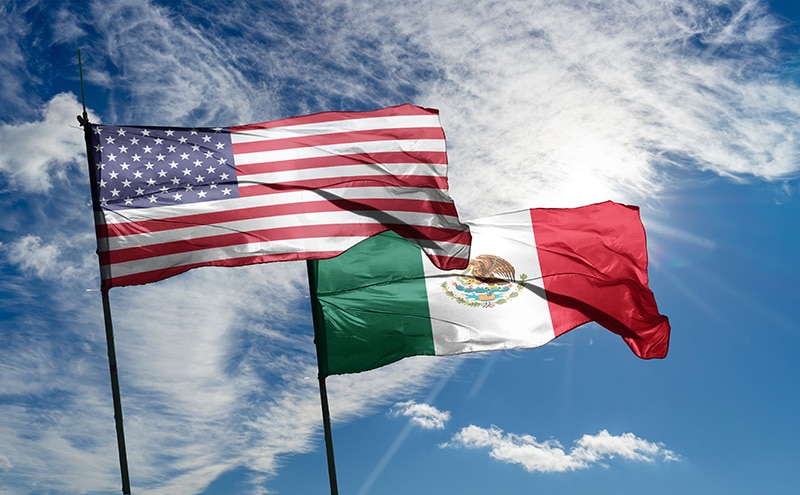
The price of working with best carriers is due to increased tonnage and although nobody wants to pay more for their freight, sometimes the best service available is worth the cost.
In light of the recent rate increases in the LTL industry, we put together 10 helpful tips to follow in order to minimize these increases effect on your business.
1. Negotiate with the carriers. While rates and operating ratios are going up, the carriers are still willing to negotiate with shippers. Reducing or waiving accessorial charges or getting an attractive FAK is still possible. Obviously, higher volume shippers will have an advantage in negotiating, however, small shippers should not be discouraged. Some shippers have locked in lower rates by agreeing to longer contracts with the carriers.
2. Avoid spot quotes. If you don’t have a contract with a carrier, you will typically pay more. It pays to commit to a carrier. As the market tightens and prices increase, shippers need to quit the transactional habit.
3. Carrier selection. Shipping around for the best carrier is another way to reduce your freight costs. Rates will vary depending on the lane and commodity that you’re shipping because different carriers specialize in different geographical areas of the US.
4. Use a transportation management system. Many shippers are still not using a TMS . This is a huge disadvantage! A TMS will save shippers lots of soft costs (yes they matter). Once all the shipments are housed in one database, they can easily be downloaded into a spreadsheet and analyzed.
5. Optimize your packaging process. By improving their packaging, shippers can lower their freight class and reduce freight shipping costs. For a high volume LTL shipper, it might make sense to hire a packaging consultant to redesign your packaging. Packaging can get complicated, but generally speaking, you are trying to increase pack density and reduce potential damage.
6. Freight class analysis. Review your freight class and see if your freight is shipping under the right freight class. G-Force offers a free freight class calculator so that all of your shipments are problem free.
7. Change shipping mode. Shipments under 150 pounds can sometimes be shipped cheaper via small package (UPS, FedEx). Also, shippers often save when they switch LTL shipments to truckload or milk runs. There are no hard and fast rules so do the business case.
8. Eliminate and consolidate. The best way to save money on shipping is to eliminate a shipment. Sometimes, an LTL shipment can be added to a truckload shipment that has extra space available. This approach eliminates an LTL shipment and most likely the truckload price won’t increase because of the extra freight.
Another way to save is by combining two small LTL shipments into one large LTL shipment, which usually costs a lot less. Consolidating multiple LTL shipments into truckload shipments is also a great way to save on LTL shipping. Consolidation is especially effective for long distance shipments.
9. Longer transit times. Switching to a longer transit time often saves money for LTL shippers, however, most shippers can’t live with the longer transit time.
10. Hire a 3PL. A good 3PL can execute the above actions and typically lower costs and improve service.


